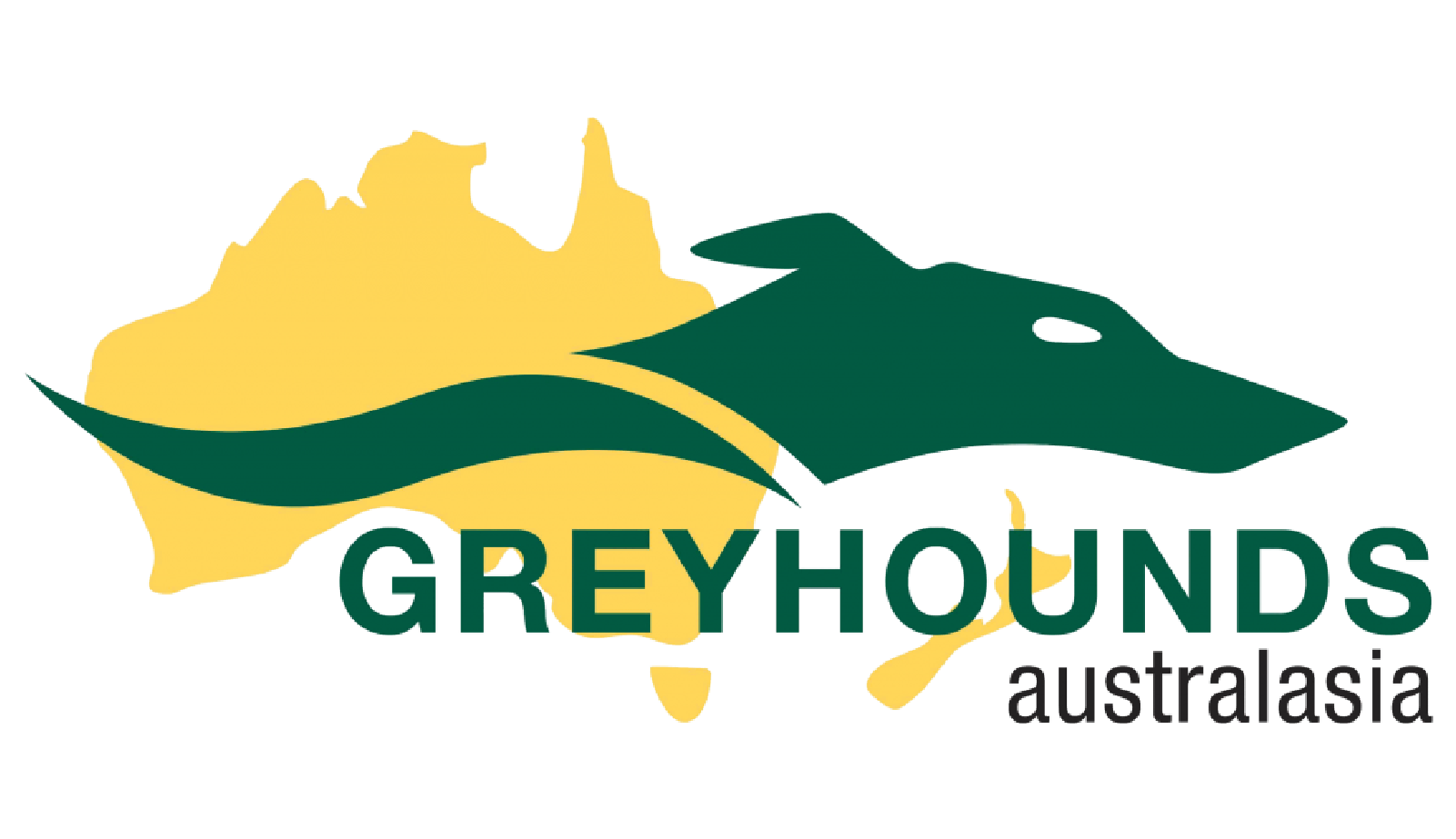Following on from my June column where I outlined the history of Greyhounds Australasia, this month, I will provide an understanding of the GA structure.
The GA Board comprises leadership representatives from each member jurisdiction and meets at least four times each year to discuss industry matters, review papers, and endorse recommendations from the GA Committees.
Informing GA’s strategies is the CEO’s Committee made up of the CEOs or the most senior greyhound racing executive from each member jurisdiction. Each month the CEOs meet to consider the areas that we need to focus on to ensure industry sustainability. In addition, this group determines the projects that the subject matter experts in the sub-committees work on and ultimately reviews and endorses their work to ensure that proposals have been duly considered before going to the GA Board.
There are four GA sub-committees that meet approximately eight times each year. The sub-committees have a very specific area of focus and a specialist representative from each jurisdiction to ensure that the considerations of each controlling body are factored into projects and recommendations. The sub- committees collaboratively exchange information to encourage consistent national application, strategies, and policies and include:
- Animal Care Sub Committee. Responsible for overseeing and recommending best practice control in respect of greyhound care and setting, reviewing, and recommending national policies to improve the care of greyhounds, and oversee the implementation of compliance levers regarding care- related matters.
- Integrity Sub Committee. Leads and assures integrity across greyhound racing controlling bodies in Australia & New Zealand, providing high-level advice to the CEOs Committee and the GA Board regarding integrity-related matters that impact greyhound racing.
- Racing Sub Committee. Responsible for reviewing and making recommendations regarding group race funding and the structure and production of the annual Australian group race calendar. In addition, this group considers best practice in track preparation and management.
- Vets and Analysts Sub Committee. Providing advice on prohibited substances and their detection (i.e., research), greyhound injury, illness, and disease, nutrition, identifying and reducing care and integrity risk, On Track Vet support, breeding related matters (i.e., frozen semen), analytical issues, disease, and quarantine issues.
From time-to-time special project working groups are also formed to focus on a specific matter or in instances where subject matter experts from multiple areas are required to ensure a comprehensive understanding of the matter at hand.
In the GA office, our small team consists of 2 full-time and one part-time staff member to assist the controlling bodies and participants with breeding, naming, passports, and the studbook, as well as managing finance and operations. In addition GA employs a project manager who strives to keep all the projects on track and the sub-committees and working groups aligned and up to date.
The controlling bodies supported by the GA structure are constantly working together to proactively review every aspect of our industry to keep ahead of risks, ensure the sustainability of our industry and make greyhound racing safe and enjoyable for the greyhounds, participants, and broader greyhound racing community.
Next month I will share the key elements of the reset GA Strategic Plan that has been our focus over recent months.
